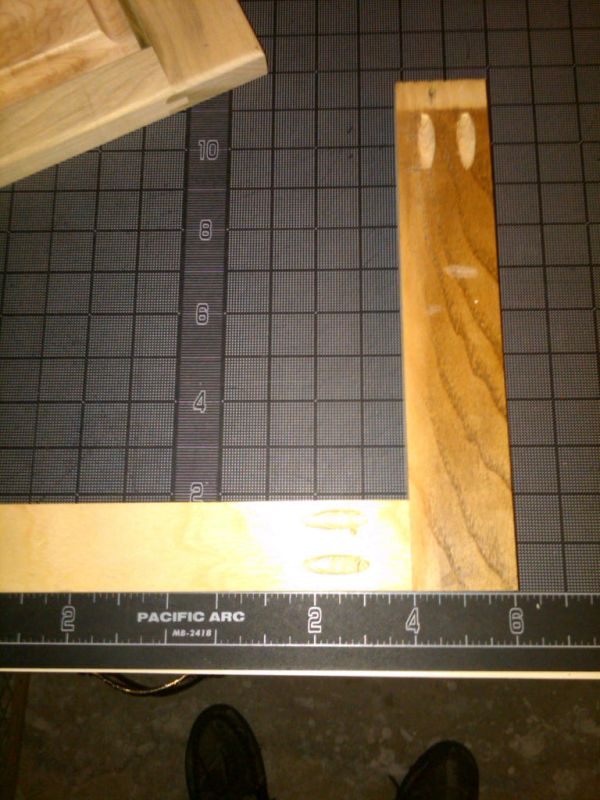Question
I've installed a couple of kitchens for a kitchen designer and things have been going well. The designer is now asking if I could start gluing trim pieces such as light shield, base shoe and crown. His theory is that filling of nail holes can be unsightly. I do a pretty good job filling and matching the color. He wants me to use a polyurethane type glue gun. Has anyone ever glued your trim?
Forum Responses
(Cabinet and Millwork Installation Forum)
From contributor S:
We always glue trim on instead of filling fasteners. We are a small shop and don't offer a "lines" of cabinetry so the techniques we use depend on the type of trim. The most difficult trim to put on with glue seems to be crown that scribes to the ceiling. Whenever possible we glue miters with Titebond II before it gets installed. We use the Titebond Hi-Performer glue gun to attach the trim to the cases. The bond is very strong but the glue is pretty thick so it is tricky to use on a miter and that's why we use regular glue for miters. We have also used small pieces of 3M double sided tape with PL glue in-between the pieces of tape. The tape will hold the pieces while the glue cures.
Whenever possible we try to pre-assemble pieces before installing them. If we can use screws to attach the trim from the back we prefer to do it that way, but if we can't the Polyurethane glue gun works well.
Make sure you have material for bracing or jiffy poles and lots of fiber tape and masking tape. You really have to stretch your imagination sometimes but you can always find some way to clamp trim. One retailer that I trim for does 10000 SF stores full of woodwork all glued and no visible fasteners. That's base and shoe, crown, doors and archways, wainscotting and chair in white lacquer and no visible fasteners.
In most cases these days I use miter bond for this purpose eliminating the need for tape but I am in the minority. I find the green easy releasing masking tape is easy on even fresh lacquer. In the event you do some damage you have to consider that even with no fasteners we have to touch up each joint so a little bit of damage done by tape isn't that big a deal to fix.
Comment from contributor I:
I install a fair bit of trim on kitchen cabinets and I use a pin nailer and glue. After the glue has set, fill the hole with a color matched wax stick. It’s impossible to see where you nailed it.
